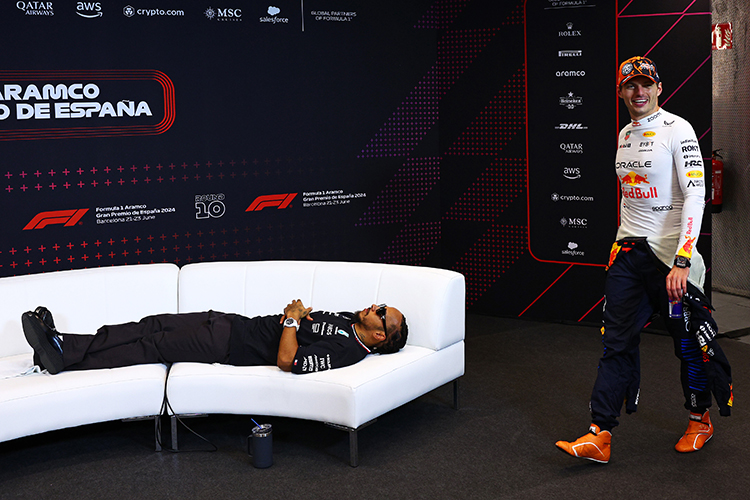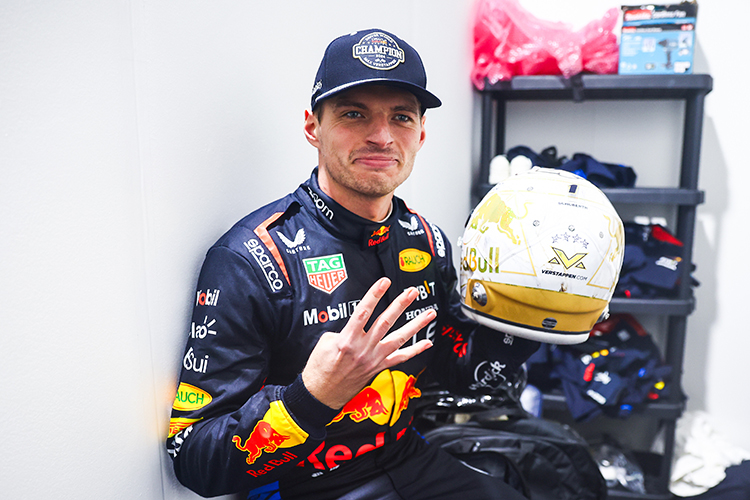Why Most F1 Drivers Are on the Shorter Side

Formula 1 World Champions: A legacy of racing legends
The Height Advantage: Why Most F1 Drivers Are on the Shorter Side
Discover why most Formula 1 drivers are on the shorter side. Learn about height advantages, weight regulations, and how physical demands shape the ideal F1 driver.
F1 and Body Type: Does Height Matter in the World of Formula 1 Racing?
The thrilling world of Formula 1 (F1) is synonymous with precision, speed, and engineering brilliance. But beyond the roaring engines and rapid pit stops lies a lesser-known fact: most F1 drivers tend to be on the shorter side. On average, F1 drivers stand at around 5'9" (175 cm) tall and weigh approximately 160 lb (68 kg). This characteristic, far from being coincidental, is deeply tied to the sport's technical and physical demands.
Why are most F1 drivers small?
In F1, the stature of drivers plays a critical role in optimizing car performance. While being shorter is not a requirement, it offers distinct advantages. Here’s why:
Aerodynamic efficiency and weight regulations
Modern F1 cars incorporate advanced power units featuring kinetic and thermal energy recovery systems. While these technologies revolutionize performance, they also add significant weight to the cars. To stay competitive, teams strive to keep the car's weight as close to the minimum limit as possible.
Drivers with a lighter and more compact build allow teams to redistribute weight strategically across the car. This improves the car's balance, enhances aerodynamic efficiency, and lowers its center of gravity—key factors in achieving peak performance.
Physical demands and endurance
F1 drivers endure extreme physical conditions, including lateral G-forces of up to 5G in high-speed corners. Maintaining control under such intense forces requires exceptional fitness and resilience. A leaner physique helps drivers withstand these conditions over race durations, minimizing fatigue.
Taller drivers often face challenges with cockpit ergonomics, which can lead to discomfort and impact performance during longer races. This further underscores the advantage of a more compact build in F1.
Historical context and trends
Historically, many of the sport's most successful drivers, such as Ayrton Senna, Fernando Alonso, and Lewis Hamilton, share a shorter stature. Their compact builds have complemented the engineering needs of F1 cars, making them agile and efficient competitors.
However, exceptions exist. Notable taller drivers, such as Jenson Button (6'0", 183 cm) and Nico Rosberg (5'10.5", 179 cm), have adapted to the sport's demands and achieved remarkable success. This highlights that while height can be advantageous, it’s not an absolute determinant of skill or performance in F1.
Are most F1 drivers small?
Yes, most F1 drivers are relatively small compared to the general population. The average height is around 1.77 meters (5'9"), with a weight range of 65–70 kilograms. This trend is driven by the need for aerodynamic efficiency and compliance with strict weight regulations.
For example, Fernando Alonso (1.71 meters, 68 kg) and Lewis Hamilton (1.74 meters, 73 kg) exemplify the ideal F1 physique. Meanwhile, Esteban Ocon and Alex Albon, the tallest drivers on the 2024 grid, stand at 1.86 meters but adapt through tailored cockpit setups.
While most F1 drivers are on the shorter side, the sport continues to evolve, showcasing that performance stems from a combination of skill, fitness, and innovation rather than height alone.
Up Next



